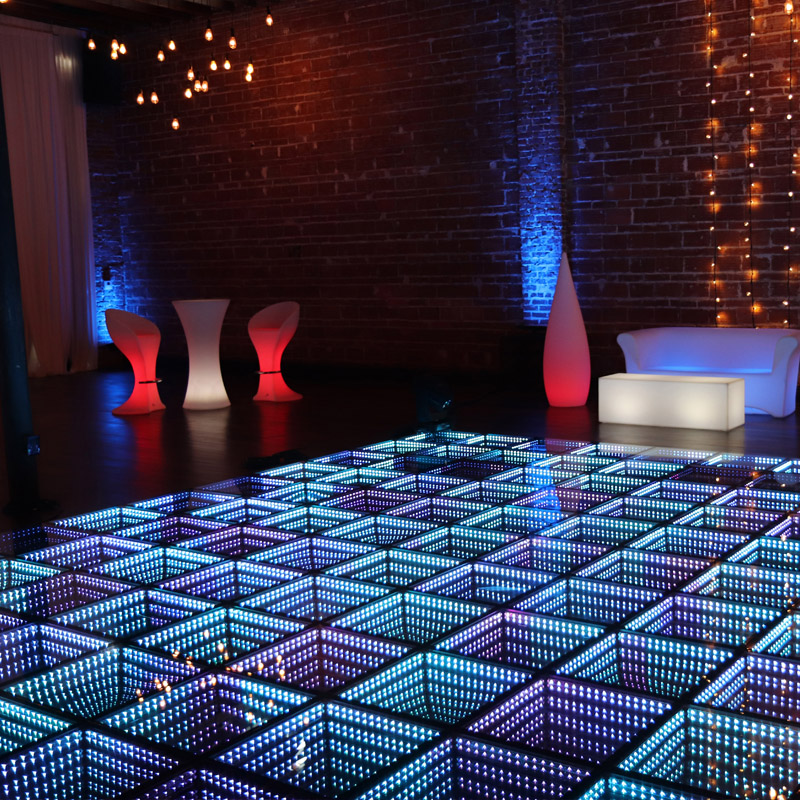Crucial Safety Protocols to Ensure a Enjoyable and Safe Dancing Floor Party at Occasions
Crucial Safety Protocols to Ensure a Enjoyable and Safe Dancing Floor Party at Occasions
Blog Article
When organizing an event with a dancing floor, guaranteeing the safety of all attendees is crucial. A fun and secure dance floor environment can improve the general satisfaction of the event. To attain this, occasion planners should implement essential safety guidelines that address various aspects of the dance environment. These guidelines not only protect guests but also create a welcoming atmosphere where everyone can feel comfortable and have a good time.
One of the primary safety considerations is the physical space of the dance floor. It is crucial to make sure that the space is sufficiently sized enough to hold the anticipated number of guests. A crowded dance floor can lead to accidents, such as falls or collisions. Organizers should also check the flooring material to confirm it is appropriate for dancing. Smooth surfaces, such as hardwood or laminate, are preferred, while rug can pose slipping hazards. Additionally, keeping the dance space free of hazards, such as chairs or tables, will help prevent injuries and allow for a more pleasant experience.
Lighting plays a crucial role in creating a safe dance floor setting. Proper lighting not only establishes the atmosphere for the occasion but also helps guests move through the space safely. Low lighting can make it difficult for dancers to perceive their surroundings, raising the risk of incidents. Therefore, planners should use a mix of ambient and focused lighting to light up the dance floor adequately. Exit signs should also be easily visible, continue reading this and organizers should make certain that the lighting is modifiable to suit different types of tunes and dance genres.
Another crucial aspect of safety on the dance floor is audience management. Occasion staff should be prepared to monitor the dance space and make sure that guests are behaving properly. This includes addressing any instances of crowd issues or inappropriate behavior that could result to conflicts. Additionally, having a specific area for guests to take breaks can help minimize fatigue and prevent accidents. Offering water stations nearby can also promote hydration, which is vital for maintaining energy levels during the dance.
Finally, it is essential to share safety protocols to all attendees. Before the event begins, planners should inform guests about the rules and guidelines for the dance floor. This can include notices to be aware of their surroundings, honor personal boundaries, and avoid excessive alcohol consumption. Offering clear instructions can help create a culture of security and accountability among guests. By fostering an environment where all is aware of safety practices, event planners can guarantee that the dance floor remains a fun and safe space for all attendees.